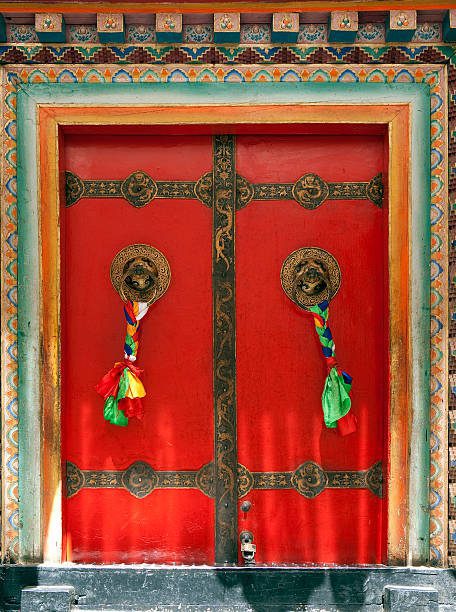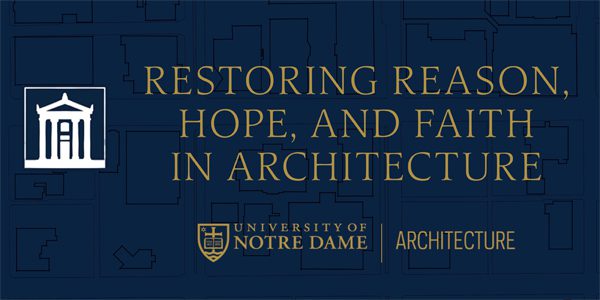Top 10 Learning Moments
- Our topic today, the origins of Christinaity in China, helps us to appreciate the diversity of the church and its long history in the most populous country in the world. It also offers us an opportunity to engage with the church through non-Christian religions. — Gabriel Said Reynolds
- The missionaries consciously made a lot of efforts towards enculturation. — Xueying Wang
- Why did [missionaries] move to China? I think it’s this vast land that was seen as a missionary field filled with opportunities. — Xueying Wang
- Over the course of a few centuries [Buddhism] inserted itself in a variety of ways into Chinese culture, civilization, politics, and society. The transmission of Buddhism to east Asia, especially to China, is a remarkable example of transmission of religions across cultures. It’s quite unlike the way other religions were transmitted outside the realms of their origins to other alien cultures. It was never spread to east Asia by force. — Robert Gimello
- China became a Buddhist culture. This is especially remarkable because the civilization in which Buddhism arose, that of ancient India, and the civilization to which Buddhism was transmitted in China are as unlike one another as is possible for two cultures or civilizations to be. — Robert Gimello
- The process of [Buddhism] taking root in Chinese culture was all the more remarkable because it was done without any fundamental alteration in the character of the Buddhist religion. — Robert Gimello
- Chinese Catholics are a hidden minority because religion does not stand out in the foreground of public life in China as it is. — Fr. Michael Agliardo
- The legitimate space and time for faith is contracted within China. Faith is not outlawed, but it is not the priority. The priority is given to the secular. — Fr. Michael Agliardo
- It is up to individuals more and more to share the faith. — Fr. Michael Agliardo
- Chinese Catholics see their faith as making them better people and better citizens of their country.
Interested in learning more?
This series is hosted by ThinkND, the University of Notre Dame’s online learning community that connects you with videos, podcasts, articles, courses, and other resources to inspire minds and spark conversations on everything from faith and politics to science, technology, and your career.
Featured Speakers
Gabriel Said Reynolds, Crowley Professor of Islamic Studies and Theology and the Director of the World Religions and World Church Program in the Department of Theology, University of Notre Dame
Xueying Wang, Lecturer in the Department of Theology, Loyola University Chicago
Dr. Robert Gimello, Ph.D., Research Professor Emeritus in the Department of Theology, University of Notre Dame
Rev. Michael Agliardo, S.J., Visiting Research Scholar in the Department of Sociology, Santa Clara University
Jesuit Missionaries in Late-Ming China
Michele Ruggieri and Matteo Ricci were the first Jesuit missionaries that entered mainland China. At first, they both dressed as Buddhist monks, but later Ricci shifted to the strategy of “complementing Confucianism.” Ricci’s The True Meaning of the Lord of Heaven demonstrates the compatibility of Confucianism and Catholicism and had long-lasting influence on the Christian missionary work in China.
Teaching of Light
Missionaries from the Church of the East, traditionally called the “Nestorians,” were the first Christian group that set foot in China. In 645, missionaries from this group traveled along the Silk Road and arrived in Xi’an, the Capital City of China at the time, and built multiple churches in China. They also started to translate the Bible into Chinese and introduced some basic Chinese doctrines.
“Our topic today, the origins of Christinaity in China, helps us to appreciate the diversity of the church and its long history in the most populous country in the world. It also offers us an opportunity to engage with the church through non-Christian religions.”
— Gabriel Said Reynolds





